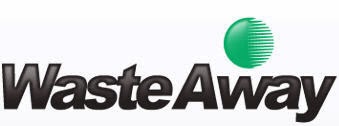 Today's gift card originated years ago from something called a voucher and has only gained momentum in sales and popularity. "In 2014, retail purchases made with prepaid cards will top U.S. $200
billion dollars, equaling five percent of all retail spending in the U.S.
Today's gift card originated years ago from something called a voucher and has only gained momentum in sales and popularity. "In 2014, retail purchases made with prepaid cards will top U.S. $200
billion dollars, equaling five percent of all retail spending in the U.S."It's estimated that up to 28 to 30 percent of the United States population holds a prepaid card of some type and that two out of every three people in the United States have bought a gift card of some kind.







 to understand what these different plastics consist of and if they are able to be recycled. Toys, packaging, electronics, and even cars almost always have some type of plastic in them. Are they all recyclable? Unfortunately, no.
to understand what these different plastics consist of and if they are able to be recycled. Toys, packaging, electronics, and even cars almost always have some type of plastic in them. Are they all recyclable? Unfortunately, no.